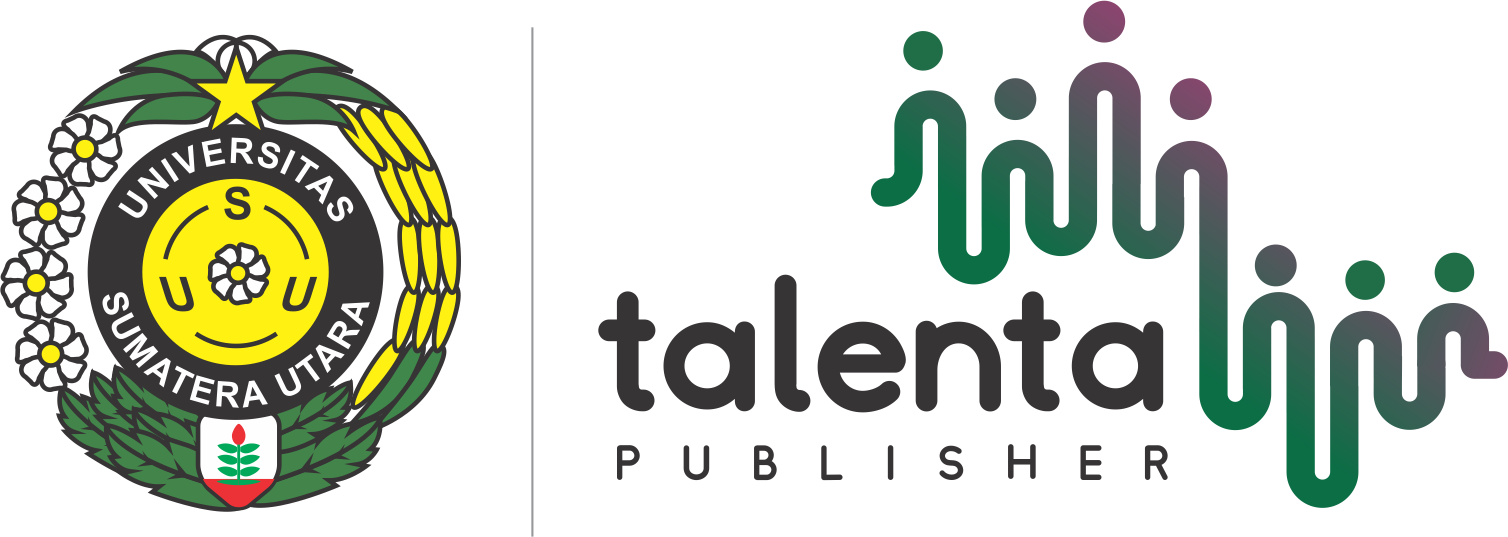Pengembangan Komposter dengan Menggunakan Metode Quality Function Deployment (QFD) Fase II
| Authors | ||
| Issue | Vol 5 No 2 (2022): Talenta Conference Series: Energy and Engineering (EE) | |
| Section | Articles | |
| Section |
Copyright (c) 2022 Talenta Conference Series: Energy and Engineering (EE)  This work is licensed under a Creative Commons Attribution-NonCommercial-NoDerivatives 4.0 International License. |
|
| Galley | ||
| DOI: | https://doi.org/10.32734/ee.v5i2.1569 | |
| Keywords: | QFD fase II komposter perancangan dan pengemnbangan produk QFD phase II composter product design and development | |
| Published | 2022-12-13 |
Abstract
Jumlah sampah organik banyak yang tidak dapat ditangani TPA. Apabila hal ini terus menerus terjadi, akan menyebabkan akumulasi sampah organik yang menyebabkan efek negatif. Sampah organik dari rumah tangga seperti sisa sayuran, buah-buahan dan lainnya dapat diolah menjadi pupuk kompos. Kompos merupakan pupuk yang dibuat dari sisa-sisa mahluk hidup baik hewan maupun tumbuhan yang dibusukkan oleh organisme pengurai. Sampah organik tersebut dapat dikomposkan dengan menggunakan alat pengomposan yang disebut komposter atau reaktor kompos. Di dalam komposter, proses penguraian bahan organik dapat berlangsung lebih optimal. Maka, penelitian ini bertujuan menentukan apa saja yang perlu diperhatikan dalam perancangan alat komposter berdasarkan QFD Fase II. QFD fase 1 diperoleh dari penelitian sebelumnya. Quality Function Deployment (QFD) adalah metode yang digunakan untuk menentukan permintaan konsumen kemudian menerjemahkan permintaan tersebut secara akurat ke dalam persyaratan teknis, sistem manufaktur, dan perencanaan produksi yang tepat. Quality Function Deployment Fase II merupakan lanjutan dari Quality Function Deployment Fase I yang membutuhkan kreativitas desain produk dan inovasi dalam pengembangan produk. Dari penelitian yang dilakukan, diperoleh bahwa part kritis yang paling penting untuk diperhatikan pada perancangan alat komposter berdasarkan QFD Fase II adalah shredder dan mixing mechanism, sebesar 11%. Jadi kedua hal ini harus diperhatikan dalam mendesain produk alat komposter.
A large amount of organic waste cannot be handled by the landfill. If this happens continuously, it will cause the accumulation of organic waste which causes negative effects. Organic waste from households such as leftover vegetables, fruits and others can be processed into compost. Compost is a fertilizer made from the remains of living things, both animals and plants, which are decomposed by decomposing organisms. The organic waste can be composted using a composting device called a composter or compost reactor. In the composter, the decomposition process of organic matter can take place more optimally. So, this study aims to determine what aspects needs to be considered in designing a composter based on QFD Phase II. QFD phase 1 was obtained from previous studies. Quality Function Deployment (QFD) is a method used to determine consumer demand and then accurately translate these requests into technical requirements, manufacturing systems, and appropriate production planning. Quality Function Deployment Phase II is a continuation of Quality Function Deployment Phase I which requires creativity in product design and innovation in product development. From the research conducted, it was found that the most important critical parts to consider in the design of a composter based on QFD Phase II are the shredder and mixing mechanism, amounting to 11%. So these two things must be considered in designing a composter product.






